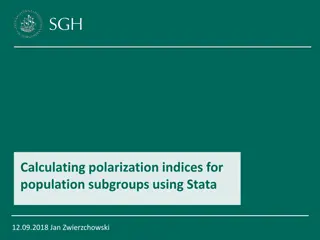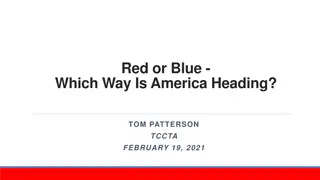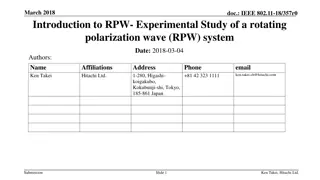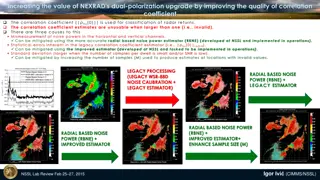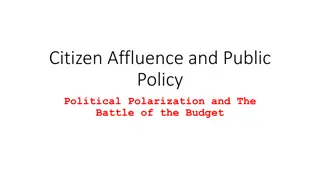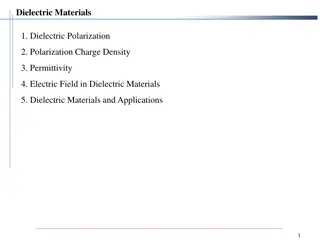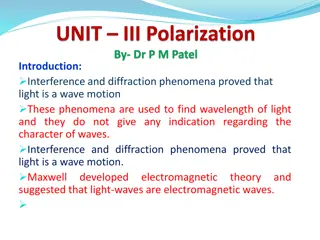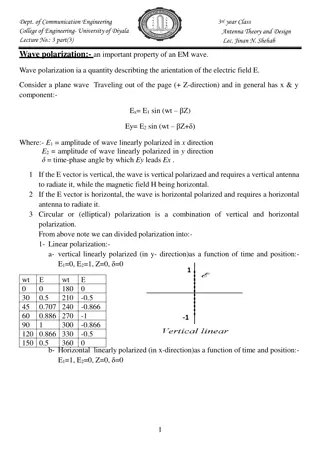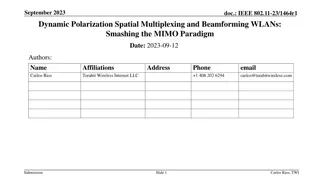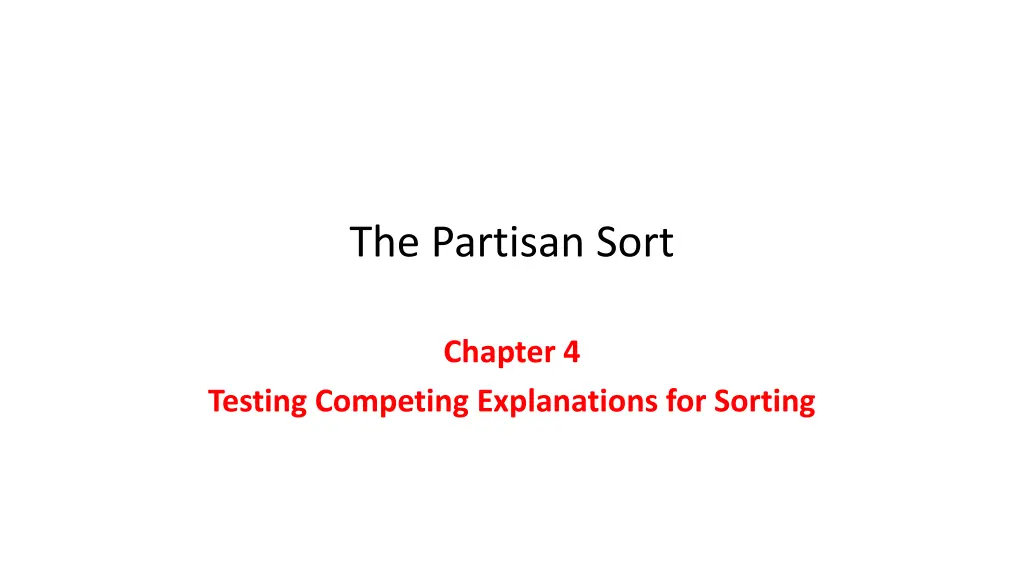
Understanding Partisan Sorting: Competing Explanations and Trends Revealed
Delve into the complex dynamics of partisan sorting as outlined in "The Partisan Sort" Chapter 4, examining competing explanations such as elite party differences, political information, cohort effects, and demographics. Discover the supported hypotheses and implications for voter behavior, including the role of elite polarization, political knowledge, and generational effects. Uncover insights on regional differences and the impact of demographic variables on sorting trends.
Download Presentation

Please find below an Image/Link to download the presentation.
The content on the website is provided AS IS for your information and personal use only. It may not be sold, licensed, or shared on other websites without obtaining consent from the author. If you encounter any issues during the download, it is possible that the publisher has removed the file from their server.
You are allowed to download the files provided on this website for personal or commercial use, subject to the condition that they are used lawfully. All files are the property of their respective owners.
The content on the website is provided AS IS for your information and personal use only. It may not be sold, licensed, or shared on other websites without obtaining consent from the author.
E N D
Presentation Transcript
The Partisan Sort Chapter 4 Testing Competing Explanations for Sorting
Competing Explanations: 1.Recognition of Elite Party Differences 2.The Changing Southern Democrat 3.General Political Information 4.Variation by Birth Cohort 5.Demographics Race, Gender, Income
From Table 4.1 (1992-94-96 Panel) Three Hypotheses supported: 1.Recognition of Elite Party Differences 2.General Political Information (D < R) 3.Cohort Effects
What this means is that: 1.Seeing elite polarization in 1992 generates sorting in 1994 and seeing sorting in 1994 generate sorting in 1996 2.Seeing that D < R in 1992 generates sorting in 1994 and seeing D < R in 1994 generates sorting in 1996 3.Older Voters are less likely to be sorted especially the New Deal Era voters (born 1915 1931).
Of the Proposed Causes, Elite Party Differences, Political Information, and Cohort Effects are Supported. But Differences between the North and South are not Supported! Sorting since the 1990s has been the same in both regions.
Finally, none of the Demographic variables appear to affect sorting except for White Respondents being more likely to sort; and Low Income Respondents being more likely to be sorted.

